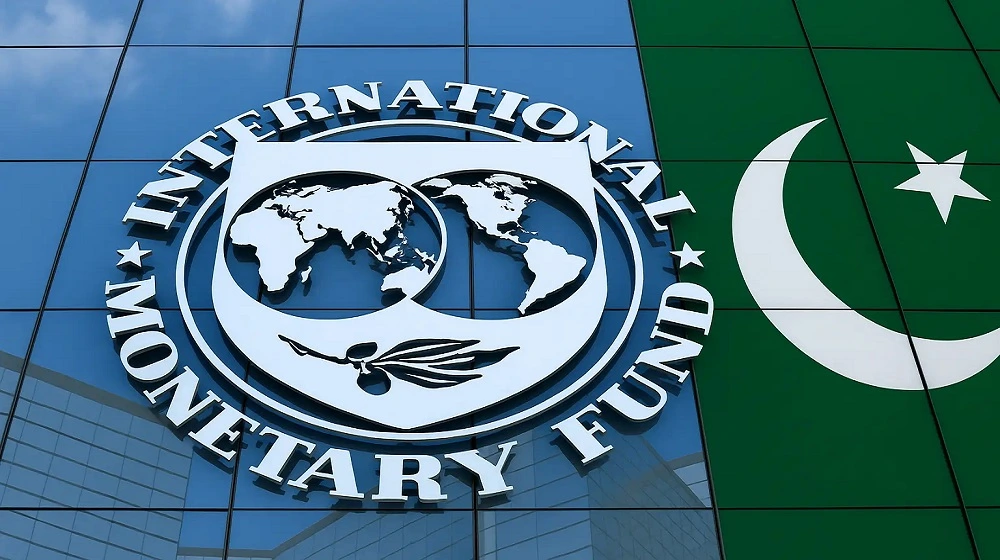The International Monetary Fund (IMF) has cautioned that the severe flooding in Pakistan during the third quarter of 2025 could have greater negative impacts on economic growth, inflation, and the current account than currently anticipated, though the extent of these effects remains uncertain.
In its latest report, “Regional Economic Outlook: Middle East and Central Asia – Resilience amid Uncertainty: Will it Last?”, the IMF noted that while inflation in Pakistan has eased considerably this year due to lower food and energy prices, it is projected to rise again in 2026 as these prices normalize and short-term electricity subsidies are phased out.
According to the Fund, Pakistan’s economic growth is forecast to reach 3.6 percent in 2026, supported by ongoing reforms, improved financial conditions, and rising investor confidence. Exports of goods and services are expected to grow from $40.7 billion in 2025 to $42.1 billion in 2026, while imports are projected to increase from $70.1 billion to $74 billion over the same period.
The IMF also estimated that Pakistan’s fiscal deficit will narrow from 5.3 percent of GDP in 2025 to 4.1 percent in 2026. Meanwhile, total gross external debt is projected to rise slightly from $30.1 billion to $30.6 billion, and official reserves are expected to increase from $14.5 billion to $17.7 billion.
READ MORE: Pakistani Rupee Slightly Gains Against US Dollar
The report further warned that elevated borrowing costs could heighten fiscal and financial vulnerabilities in countries such as Pakistan, Egypt, and Algeria, where banks hold substantial shares of sovereign bonds.
In the MENAP (Middle East, North Africa, Afghanistan, and Pakistan) region, the IMF said that oil-importing countries are expected to see an improvement in fiscal balances as reforms in tax policy and administration boost revenues, while energy subsidy reforms help curb expenditures.









